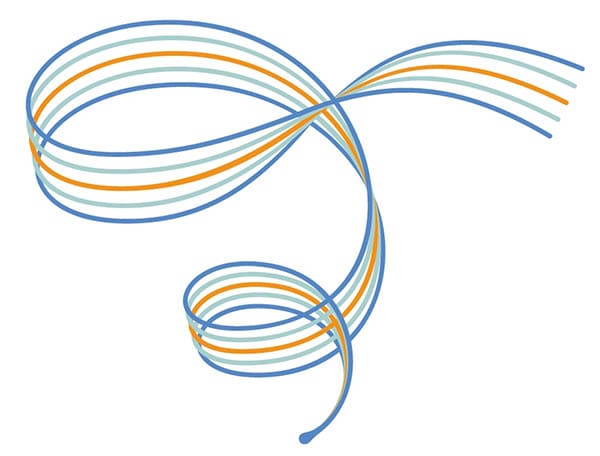History

Roi Jai Rak Project
The problem of development is “Development of semi-urban communities, semi-forest not a forest reserve problem Not an agricultural area, but a community with material prosperity. plus farmland and there are rich and poor people.”
Her Royal Highness Princess Bajrakitiyabha Narendiradebyavati
The Roi Jai Rak Project covers an area of 5,939 hectares. It comprises of 4 main villages, namely Huay San, North Meung Ngam, South Meung Ngam, and Suk Reutai and 20 smaller villages, namely Kor Ae, Pong Nam Ron, Yha Pa, Yha Ge, Ar Piang, Si Lang, Huay Tao, Ha Hok, Bha Lah, Hua Nam, Sam Lang, Singapore, Ar Ter, Pa Kluay, Saen Suk, Klang Na, Ar Su, Lao Aung, Huay Pa Kaem, and Sob Ngam. The project area is located in Taton sub-district, Mae Ai district, Chiang Mai province. There are 1,067 households in the area with 4,297 residents.
“While working on the case, I received a handful of information about the case and the area as I was working with the Narcotics Suppression Bureau. The officials were working very hard to ensure that the persecution was comprehensive and fair. But what about the other villagers? We had to find a solution for them as well. It was widely known that this area has a severe drug problem. There were drug users, small-scale as well as large-scale drug dealers. The problem was deep-rooted and unsolved. Large-scale drug dealers were charged and brought to trial. However, if we did not have any prevention measurement in place, we would have new small and large-scale dealers. Using solely suppression strategy might lead to mistrust, hate and anger among the community against government officials and could generate new problems. Suppression of illicit drug would not solve the hunger issue in the long run. It could not help restoring dignity of the community members. The hunger and education problems would persist. These problems would then force the community members to rely on illicit drugs as they could generate higher income from illicit drug business in comparison to other licit jobs, providing that human dignity of the villagers were not restored and they were not accepted by other communities. Therefore, I discussed with the Mae Fah Luang Foundation at the UNODC conference in Vienna about a development project initiative that would solve the root cause of this problem. The possibility of combining law enforcement with the development project was also discussed. If we manage to prevent the community members from breaking the law, what could they do to sustain their lives? Hence, the Roi Jai Rak Project was launched in order to connect everyone together; and to create a bond that leads to prosperity of the community. The project not only involves the local villagers but it also drew in all relevant local government authorities. A frequently asked question to me was ‘why do I help drug dealers?’ My simple answer is, water for consumption and job employment are the basic rights of every Thais. Why wouldn’t we let them have water for drinking and using? Aren’t they Thai?. This does not mean that there is no law enforcement or no prevention and suppression of drugs in place. We have to find out together how law enforcement can go together with development. The Roi Jai Rak Project kicked off after the visit of ‘Khun Chai’ to the community to sound out the opinions of the locals. I did not join him on the first visit as I was working on the case of Lao Ta. Once the case was closed, I finally had a chance to visit the village for the first time.”
The Roi Jai Rak Project The first community meeting was held on 15th November 2017. It was a collaborative effort of the government agencies from 3 levels: central, regional, and local. There were 263 authorities and 208 local villagers. In total 471 participants from 64 different agencies joined this meeting. The villagers could voice their opinions freely and expressed their opinion on the Mae Fah Luang Foundation working in the area as well as their urgent problems and needs. In the past, the area was under the domination of ‘mafia’; no one dared to work with the community. However, by bringing in 64 government agencies to the community meeting together ensured that, from now on, the light will shine over this area and it will become safe and peaceful.